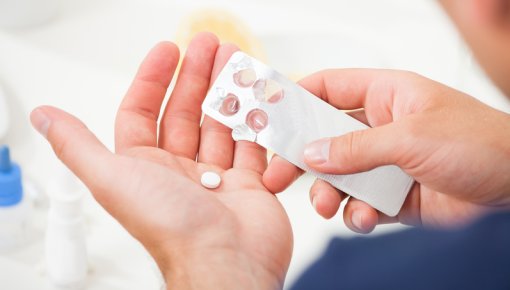Medication for Parkinson's disease

Medications can relieve the symptoms of Parkinson's. But they become less effective as the disease progresses, and their side effects get worse. Medication is very individual and has to be adjusted frequently.
People who have Parkinson's don't produce enough dopamine, which is an important chemical messenger in the body. This lack of dopamine means that nerve signals aren't transmitted as effectively. That leads to abnormal movement and other problems. Treatment with Parkinson's medication aims to balance out the lack of dopamine in the brain in order to relieve the symptoms. But these drugs can't cure the disease.
Especially in the early stages of Parkinson's, medication can greatly reduce the symptoms. Treatment becomes more difficult as the disease progresses. Side effects can also occur, and are sometimes quite severe.

